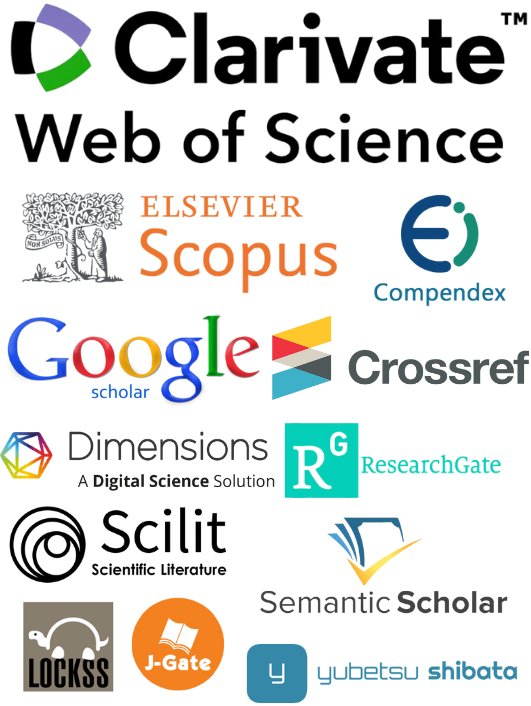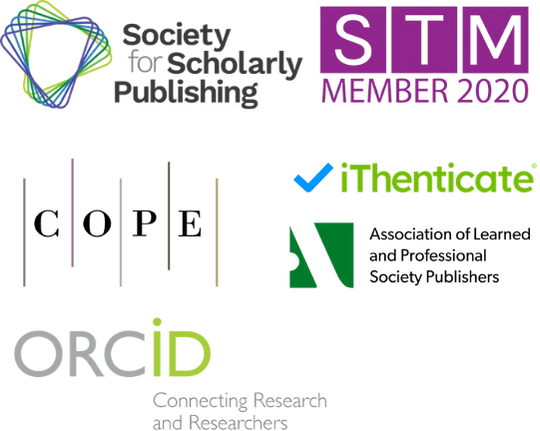Research on the Impact of Management Information Competence on Agility in Sichuan Food Enterprises
DOI:
https://doi.org/10.71222/n8635b84Keywords:
Sichuan food enterprises, management information competence, corporate agility, empirical analysisAbstract
The Chinese food industry has evolved beyond the stage of rapid scale expansion and is now entering a mature phase driven by quality enhancement, operational efficiency, and technological innovation. In this context, enterprises are increasingly required to improve their internal capabilities to respond swiftly to market changes and digital transformation demands. This study focuses on Management Information Competence (MIC), defined as the organization's ability to effectively acquire, process, integrate, and utilize information to support decision-making, and explores its influence on organizational agility. Drawing upon an extensive literature review, the study refines the conceptual dimensions of MIC and organizational agility and proposes a series of hypotheses regarding the pathways through which MIC affects agility. To empirically validate these hypotheses, the research adopts a mixed-methods approach, combining questionnaire-based surveys, field visits, and statistical analysis. The investigation is conducted among food enterprises in Sichuan Province, a key region in China’s food manufacturing landscape. Data collected from these enterprises are analyzed using structural equation modeling to examine the relationships between specific MIC components — such as information integration, real-time responsiveness, and decision support capabilities — and core aspects of organizational agility, including adaptability, responsiveness, and innovation capability. The results reveal that higher levels of MIC are positively correlated with enhanced agility, indicating that enterprises with stronger information management capabilities are better positioned to adapt to environmental uncertainties and pursue intelligent transformation. These findings contribute to both theoretical and practical domains: they enrich the academic understanding of MIC as a strategic enabler of agility and provide actionable insights for food enterprises seeking to navigate the challenges of digital and intelligent upgrading. Overall, this study highlights the strategic importance of Management Information Competence in fostering organizational agility and supporting the sustainable development of China’s food industry in the digital era.
References
1. H. Mao et al., "Information technology competency and organizational agility: roles of absorptive capacity and information intensity," Inf. Technol. People, vol. 34, no. 1, pp. 421-451, 2021, doi: 10.1108/ITP-12-2018-0560.
2. N. H. Hassan and N. I. Arshad, "Information Technology Personnel Competency towards Organizational Agility: Study at Malaysia Automotive," Indones. J. Electr. Eng. Comput. Sci., vol. 32, no. 1, pp. 312, 2023, doi: 10.11591/ijeecs.v32.i1.pp312-317.
3. M. Ali et al., "How do IT competence and business competence bring organizational agility? An evidence from Pakistan," Int. J. Innov. Creat. Change, vol. 15, no. 6, pp. 1251-1262, 2021.
4. Z. Jing, Y. Zheng, and H. Guo, "A study of the impact of digital competence and organizational agility on green innovation performance of manufacturing firms — the moderating effect based on knowledge inertia," Admin. Sci., vol. 13, no. 12, p. 250, 2023, doi: 10.3390/admsci13120250.
5. I. M. Hameed, J. Singla, and R. Goel, "Management information systems and organizational agility: a bibliometric analysis," Competitiveness Rev., 2024, doi: 10.1108/CR-08-2024-0157.
6. P. B. Lowry and D. Wilson, "Creating agile organizations through IT: The influence of internal IT service perceptions on IT service quality and IT agility," J. Strategic Inf. Syst., vol. 25, no. 3, pp. 211-226, 2016, doi: 10.1016/j.jsis.2016.05.002.
7. M. J. Braunscheidel and N. C. Suresh, "The organizational antecedents of a firm’s supply chain agility for risk mitigation and response," J. Oper. Manag., vol. 27, no. 2, pp. 119-140, 2009, doi: 10.1016/j.jom.2008.09.006.
8. E. Overby, A. Bharadwaj, and V. Sambamurthy, "A framework for enterprise agility and the enabling role of digital options," in IFIP Int. Working Conf. Bus. Agility Inf. Technol. Diffusion, Boston, MA, May 2005, pp. 295-312. ISBN: 9780387255903.
9. Y. Zhang, M. Gu, and B. Huo, "Antecedents and consequences of supply chain agility: a competence-capability-performance paradigm," J. Bus. Ind. Mark., vol. 38, no. 5, pp. 1087-1100, 2023, doi: 10.1108/JBIM-05-2021-0262.
10. H. Lai et al., "Enhancing employee agility through information technology competency: an empirical study of China," Sage Open, vol. 11, no. 2, p. 21582440211006687, 2021, doi: 10.1177/21582440211006687.
11. M. Rasool et al., "Information technology competency and supply chain performance: role of risk management orientation and supply chain agility," J. Hosp. Tour. Technol., vol. 16, no. 1, pp. 158-173, 2025, doi: 10.1108/JHTT-08-2023-0240.
12. S. Panda, "Effects of information technology and knowledge management capabilities on organizational innovation: the mediating role of organizational agility," VINE J. Inf. Knowl. Manag. Syst., 2025, doi: 10.1108/VJIKMS-11-2023-0306.
13. W. Yi and S. Kim, "The Impact of IT Capabilities on Organizational Agility with the Moderating Effect of Organizational Learning," IEEE Access, 2025, doi: 10.1109/ACCESS.2025.3542575.
14. R. Setiawati et al., "The Role of Information Technology in Business Agility: Systematic Literature Review," Calitatea, vol. 23, no. 189, pp. 144-149, 2022, doi: 10.47750/QAS/23.189.16.
Downloads
Published
Issue
Section
License
Copyright (c) 2025 Zuncheng Hu (Author)

This work is licensed under a Creative Commons Attribution 4.0 International License.


